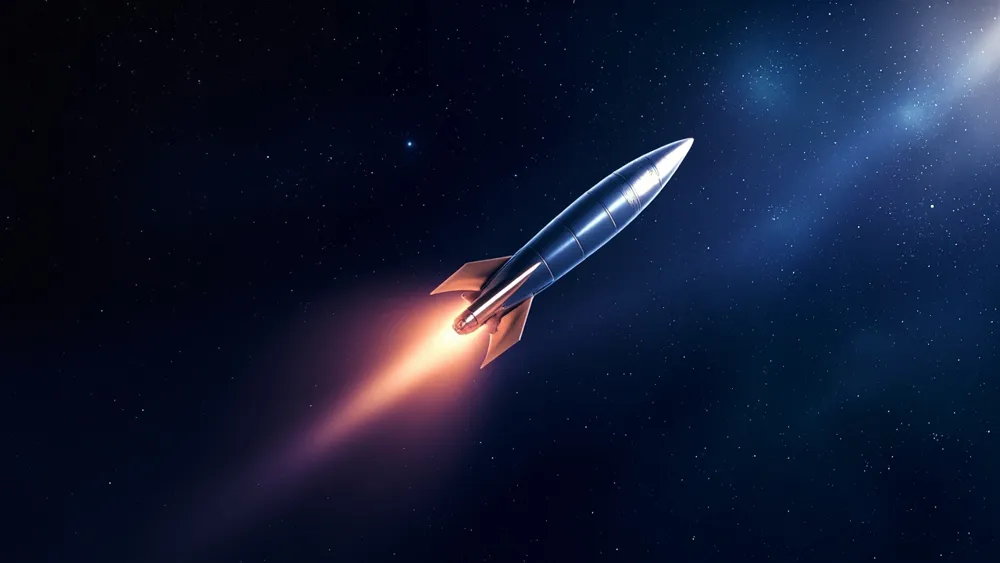The Journey of Cosmos 482: Rediscovering a Soviet Venus Mission

In an age where space exploration captivates our collective imagination, the recent return of the Soviet spacecraft Cosmos 482 after 53 years offers a compelling narrative filled with intrigue and potential unrealized. Launching in 1972 as part of the Soviet program to explore Venus, this spacecraft's lengthy journey back to Earth serves not only as a historical landmark but also as a reminder of the untapped potential of space missions. With ongoing discussions about planetary exploration and new astronomical findings, this event is timely for rekindling public interest in the mysteries of our solar system.
Cosmos 482 was initially designed as a lander for Venus, uniquely built to withstand the planet's extreme atmospheric conditions. The probe made headlines not only for its intended mission but for its enduring presence in Earth's orbit, categorized as a wandering spacecraft. When it re-entered Earth's atmosphere on May 10, 2025, and splashed down in the Indian Ocean, scientists were particularly intrigued due to its special heat-resistant design. Unlike typical satellites that disintegrate upon re-entry, Cosmos 482 could potentially survive, given the right circumstances. That said, the angle and attitude during re-entry were paramount to its fate, resulting in speculation about structural damage based on its observed tumbling during descent.
To illustrate the importance of tracking such space debris, consider the case of the Delta rocket debris that fell in 1997—the first known incident of a person being struck by space debris, albeit without injury. The probability that re-entering objects will land in populated areas remains low, yet with the rising number of space missions, the risks associated with space junk are escalating. Cosmos 482 represents both the triumphs and challenges of space exploration—demonstrating how remnants of past missions continue to evoke interest and whether they inspire more rigorous approaches to managing space debris in the future. As the global community increasingly pushes for planetary exploration, what responsibilities do we hold to mitigate the risks of our technological legacies?
Read These Next

U.S. Executive Order Lifts Civil Supersonic Flight Ban
U.S. President's executive order signals a pivotal shift in the aviation industry by lifting the ban on civil supersonic flight, highlighting the interplay of emerging technologies and regulatory changes.

Neuralink and Grok Partner to Enable ALS Patients to 'Speak'
The partnership between Neuralink and Grok to create brain-machine interfaces for ALS patients signifies a breakthrough in medical technology, combining AI and neural processing to empower those with severe communication limitations.

Toyota Unveils World's First Hydrogen Sauna for Sustainability
Toyota's introduction of the world's first hydrogen sauna signifies a pivotal moment in eco-friendly technology. This innovation not only pushes the boundaries of traditional wellness products but also aligns with the growing consumer demand for sustainable solutions. Its unique feature of emitting only water vapor and hot air instead of CO2 underlines its potential impact on both the sauna market and the clean energy space. The product's ability to capture consumer interest amidst a backdrop of increasing vitality for eco-conscious entities like Toyota illustrates a strategic shift in brand positioning and consumer appeal.
